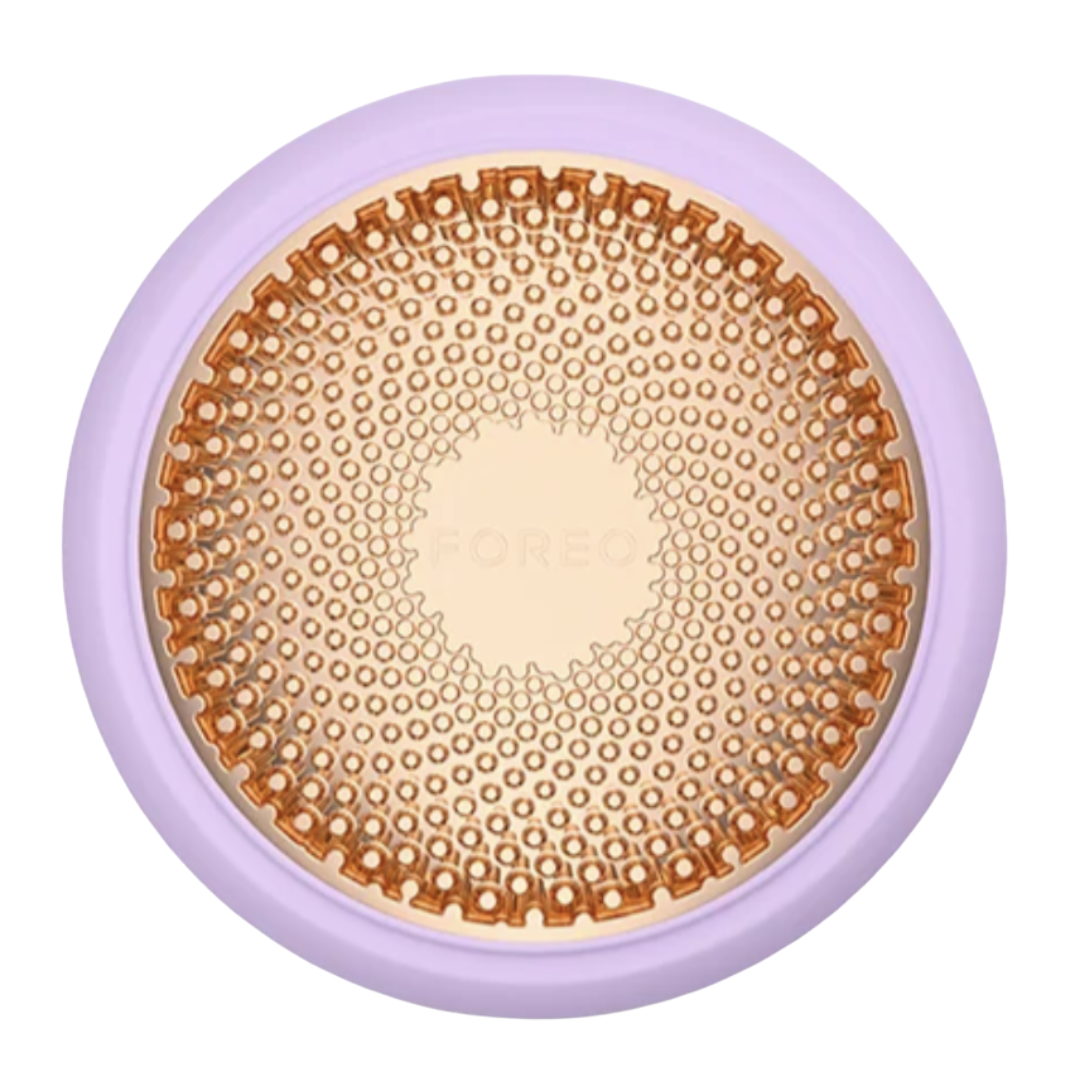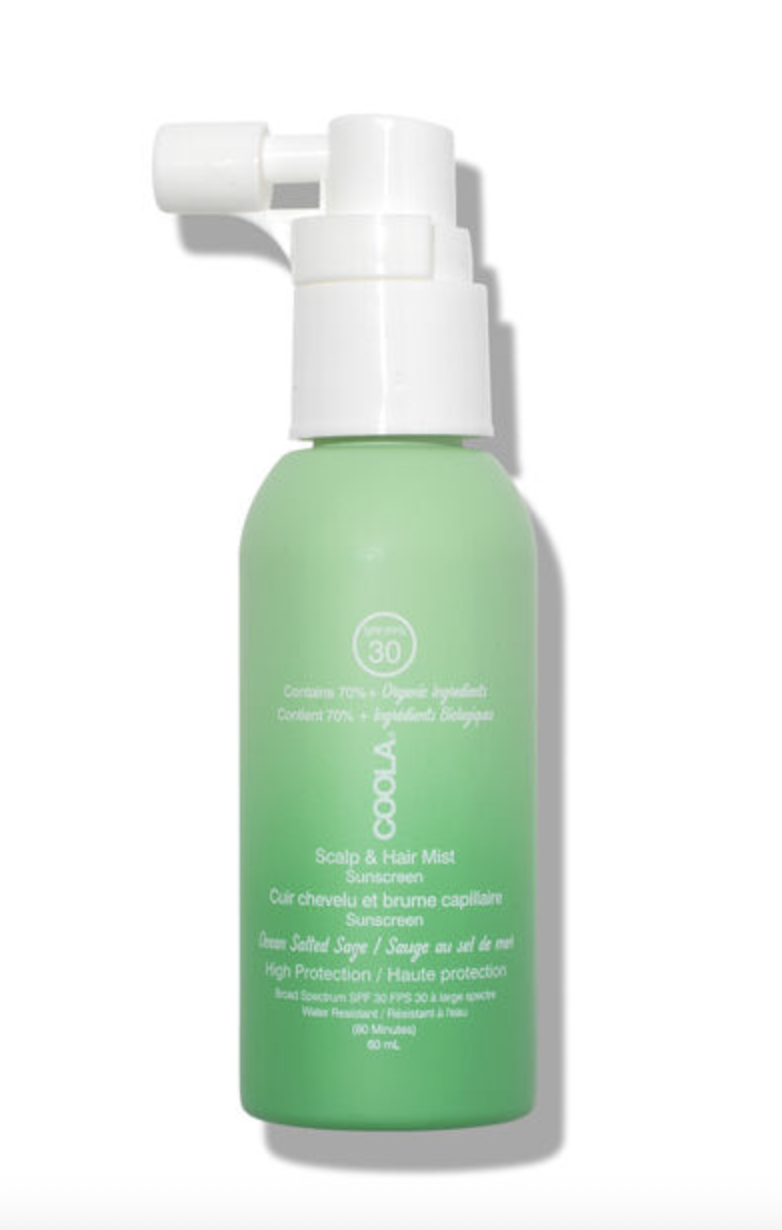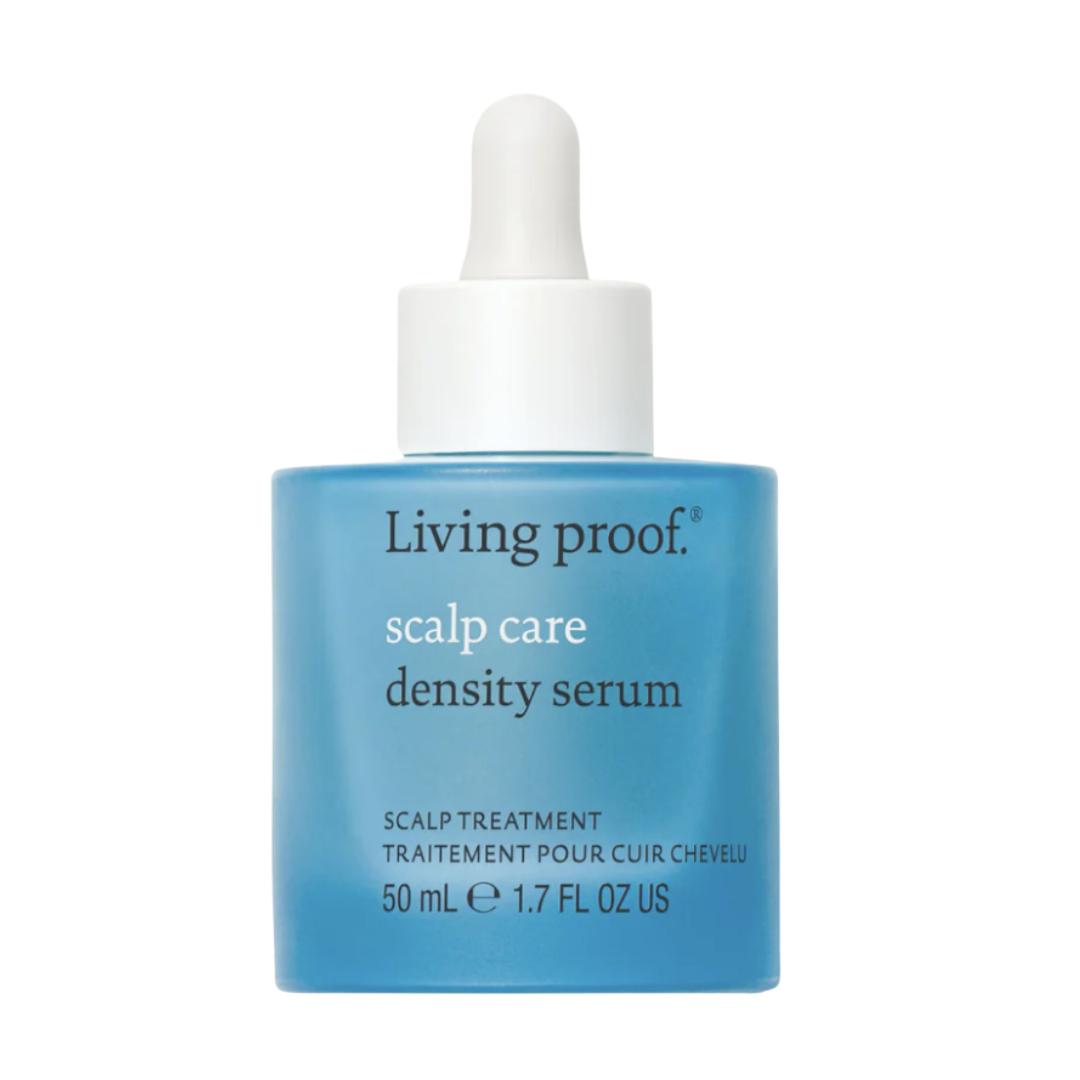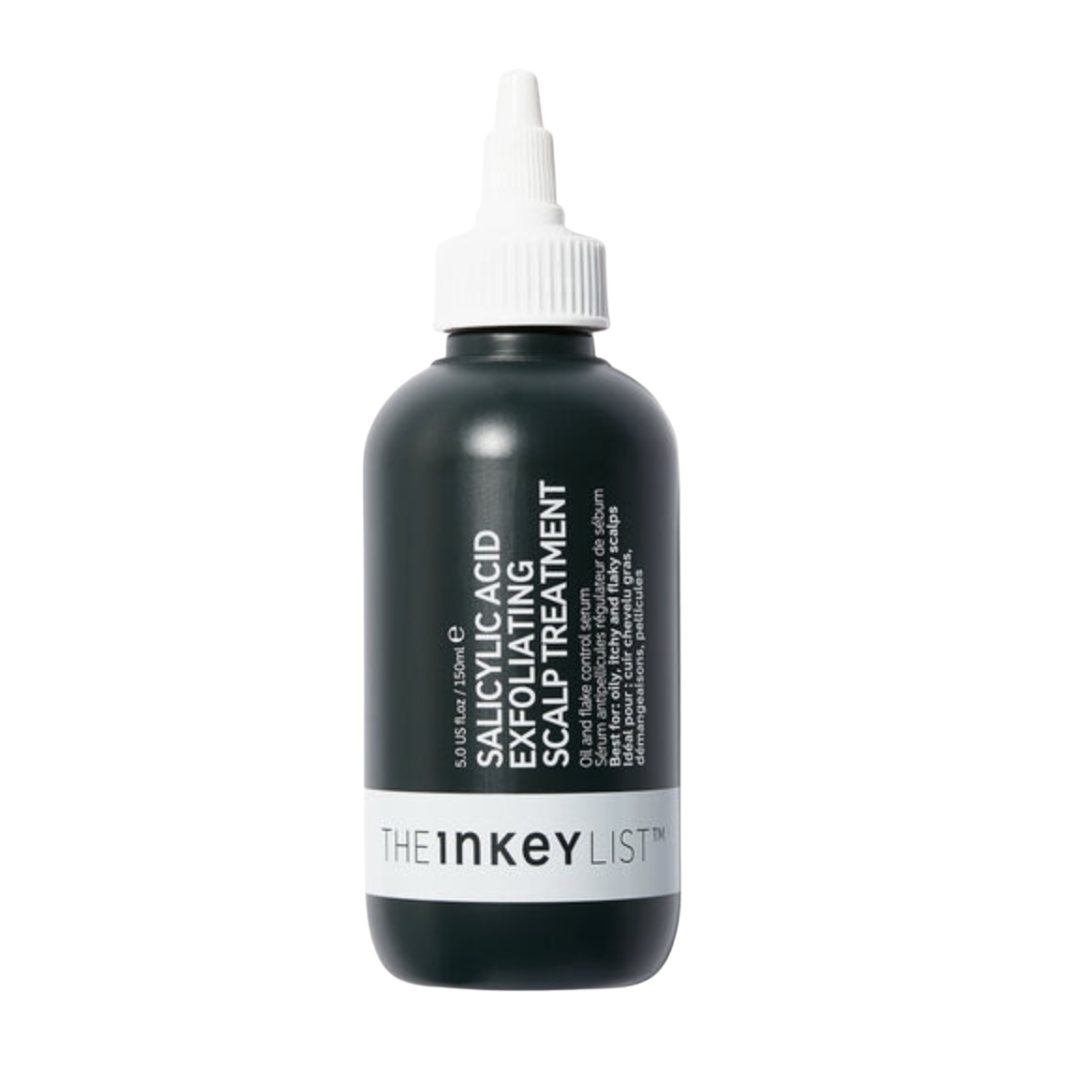Yes, Your Scalp Ages Six Times Faster Than Your Face—So, Here’s How to Actually Take Care of It
Misbehaving strands? The culprit is closer than you think
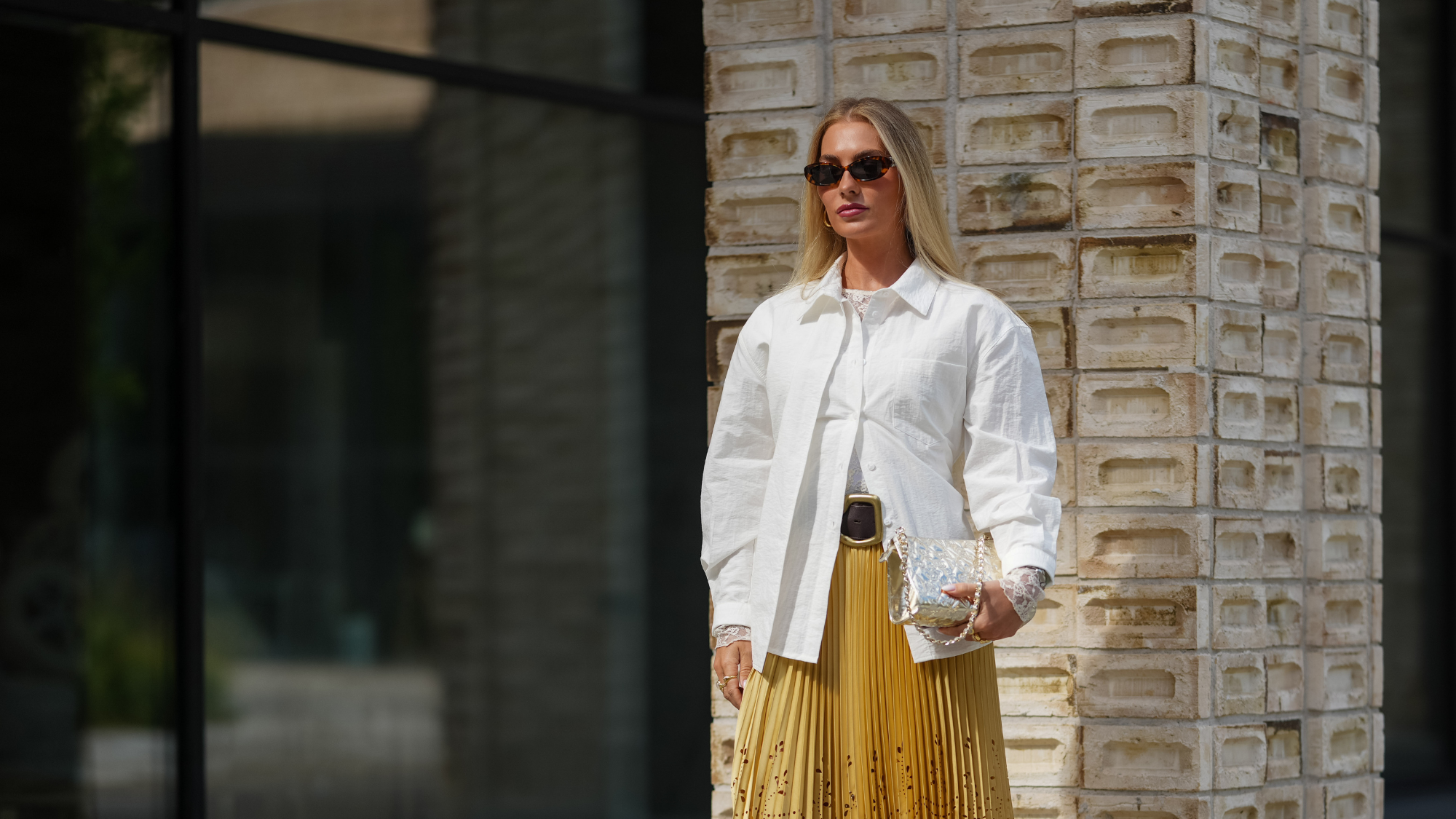
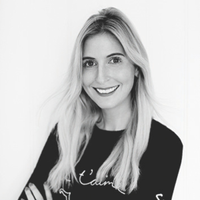
The next time your hair is giving you issues, don’t be too quick to side-eye your shampoo—it could be your scalp waving the white flag. Here’s the thing no one tells you when you’re stocking up on retinol and eye cream: your scalp is quietly racing ahead of your face in the ageing stakes. The signs don’t show up as crow’s feet or laughter lines; they show up in the strength of your strands.
Suddenly, all those so-called ‘bad hair days’ start to make a lot more sense. For me, it showed up as hair that felt thinner, a little wirier, and just… not as nice as it used to be. I blamed hormones, my straighteners, and even the water, but the truth is, the skin under your hair is just as vulnerable to sun damage, stress, pollution, and product overload as the skin you actually see.
So I went digging to find out how to future-proof our scalp before damage becomes visible in our hair.
Your scalp: the unseen powerhouse
Your scalp’s condition influences everything—from how quickly your hair grows to how much you shed each day. “It’s what keeps hair soft, glossy and strong,” says Katy Grimshaw, founder of Spectrum One Hair Restoration Clinic. As collagen and natural oil production dip with age, strands inevitably lose some of that cushion and shine. And because the scalp ages up to six times faster than the skin on your face, those changes can sneak up quickly. "The scalp is home to thousands of hair follicles and oil glands, which makes it more sensitive than the rest of your skin," adds trichologist Hannah Gaboardi. "It’s constantly exposed to the elements, like sun, heat, and pollution, and over time, this can weaken the scalp’s natural barrier, making it more prone to dryness, irritation, and inflammation." Because healthy hair can only grow from a healthy scalp, taking care of it is just as important as caring for the hair itself.
The forgotten microbiome
Just like your complexion, your scalp has its own microbiome—a delicate ecosystem of bacteria and yeast. The difference? Unlike the rest of your skin, your scalp’s microbiome has to contend with thousands of follicles and oil glands. That sebum keeps hair glossy and nourished — but if the balance tips, it can quickly lead to irritation, blocked follicles, and fragile strands. “Most people only wash their scalp every two to three days and rarely exfoliate it,” says Harley Street trichologist and Nioxin ambassador, Mark Blake. “Yet it harbours far more yeast and bacteria than anywhere else on the body.”
Habits that help (and harm)
Stress, diet, and even alcohol take a toll (champagne and white wine are some of the biggest culprits due to the high sugar content, I know. Sorry). “It takes around 160 calories just to grow a single gram of hair,” says Mark. “So if your diet is low in protein, iron or omega-3, your scalp and hair are the first to suffer.” Hormonal shifts add another layer. “Declining estrogen during midlife thins the scalp’s natural lipid barrier, reducing the sebum that usually keeps strands supple,” adds Hannah. Without it, hair becomes drier, more brittle, and prone to breakage.
A post shared by Hannah Gaboardi (@hannahgaboardiclinic)
A photo posted by on
Then there are the everyday things we don’t think twice about. A dirty pillowcase? It can harbour 17,000 times more bacteria than a toilet seat. Blow-drying your hair on full blast? “If it burns your fingers, it’s burning your scalp — and hair can’t grow properly from burnt skin,” warns Mark. The latest dryers, like Dyson’s Supersonic Nural, now even have scalp-protect modes to prevent this. "Too-tight hairstyles are also renowned for being harmful to the scalp, along with product buildup and UV rays," warns Katy. If you’ve ever ended a sunny day with a sore, pink parting or a flaky, post-sunburn scalp, you know just how easy it is to forget this area—and how uncomfortable it can be afterwards.
Celebrity news, beauty, fashion advice, and fascinating features, delivered straight to your inbox!
Skin-ifying your scalp
You treat your face with a meticulous skincare routine—so why not your scalp? Giving your scalp the same attention is the secret to stronger roots and hair that stays healthier for longer. With high-performance ingredients and techniques once reserved for facial care, scalp care has officially entered the skincare big leagues. Here's what to look for:
Deep Hydration: Dry, tight scalp? Skincare’s big hitters—hyaluronic acid and glycerin—now show up in serums and masks to drench skin in moisture, soothe tightness and keep flakes at bay.
Growth Boosters: Caffeine wakes up sluggish follicles, while peptides and biotin deliver nutrients that support stronger, fuller hair growth over time.
Calm and Comfort: Borrowed straight from sensitive-skin formulas, allantoin, colloidal oatmeal, and niacinamide take down redness, itchiness and irritation for a scalp that feels balanced again.
Antioxidant Shield: Pollution and UV don’t just hit your face. Vitamin C and vitamin E arm the scalp against free-radical damage and keep skin healthier for longer. And an SPF here is non-negotiable. Focus on the parting, and opt for a powder or spray sunscreen to keep things mess-free and non-greasy.
Biotic Balance: Pre-, pro- and post-biotics feed, support and rebalance the scalp’s ecosystem—tackling dandruff, irritation and promoting overall scalp harmony.
Acid Exfoliation: AHAs, BHAs and the gentler PHAs dissolve dead skin, excess oil and product build-up so follicles stay clear and hair shines brighter.
A post shared by Dr Aamna Adel (@dermatologist_adel)
A photo posted by on
Professional scalp care is now borrowing from high-tech skincare, too. And about time, according to Mark, “people happily invest in Botox and filler for their face, but spend very little on their scalp—despite the fact it’s the foundation for every strand of hair.” Thérapie Clinic's Polynucleotides for Hair from £285 promises to stimulate collagen, restore scalp elasticity and repair follicles. And KeraLase+ at The D.Thomas Clinic, uses fractional laser energy to deliver micro-injuries (a bit like microneedling without any needles) beneath the surface of the scalp to tackle inflammation and kick-start sluggish hair growth. Scalp 'facials' are also now a thing. They encourage blood circulation, ease tension and remove any product accumulation that can clog the scalp, but just as importantly, they feel so so good, too.
At home, massage brushes have gone mainstream and LED therapy devices are now part of the scalp care line-up—designed to energise follicles and support stronger growth. The message is clear: if you want stronger, shinier, healthier hair in the future, the work starts at the root. Quite literally.
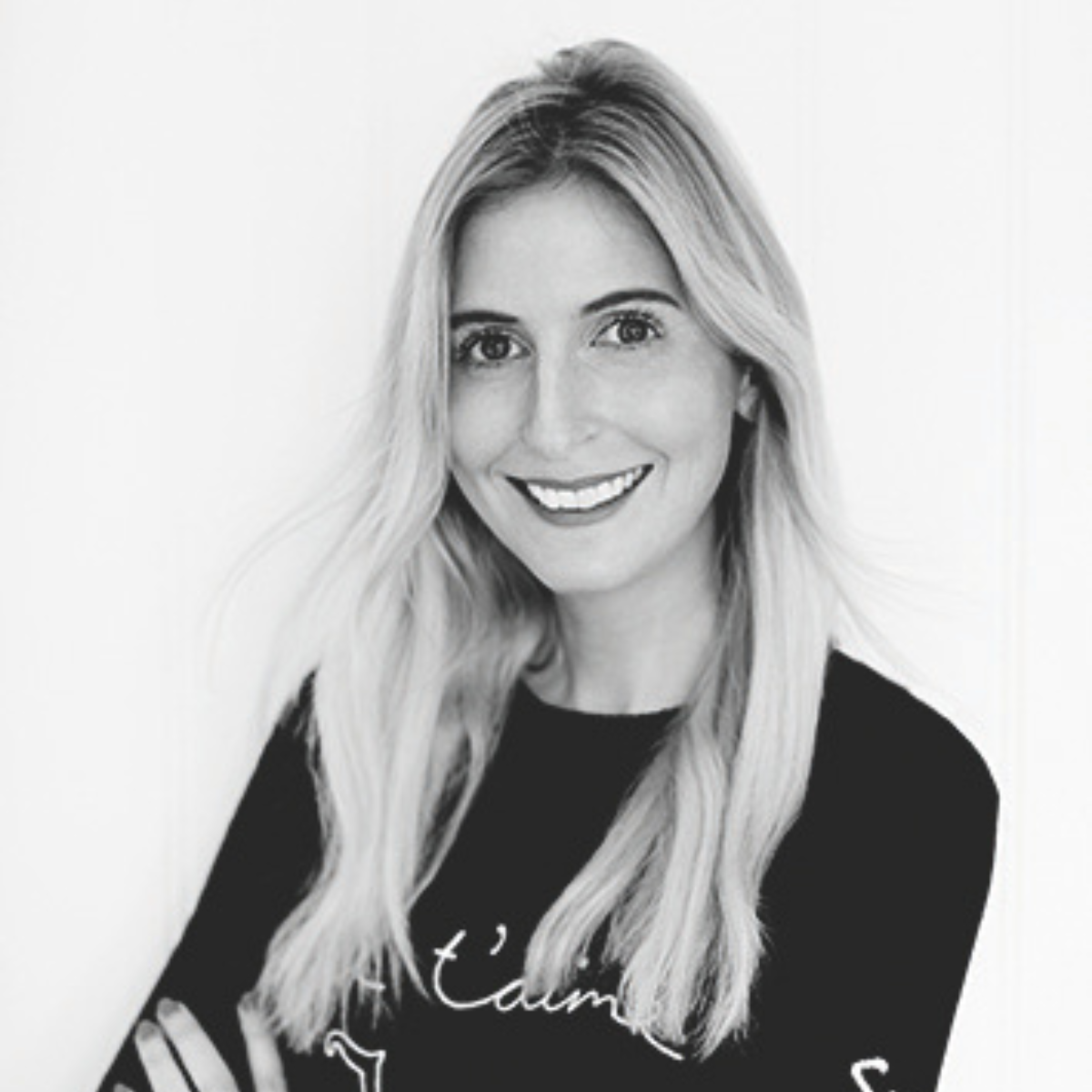
Charley is a freelance beauty journalist and contributor to Marie Claire with over 20 years of experience working in the beauty and fashion industry.
